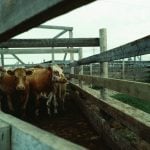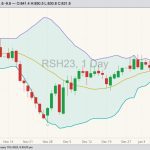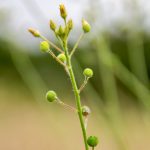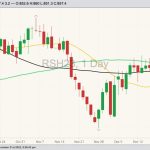A new study being conducted in Western Canada could soon provide growers with valuable insights on how to achieve more productive, sustainable and resilient cropping systems. Resilient Rotations is a comprehensive research project that aims to develop a new approach to crop rotations. The five-year study is being managed as part of the Integrated Crop […] Read more













